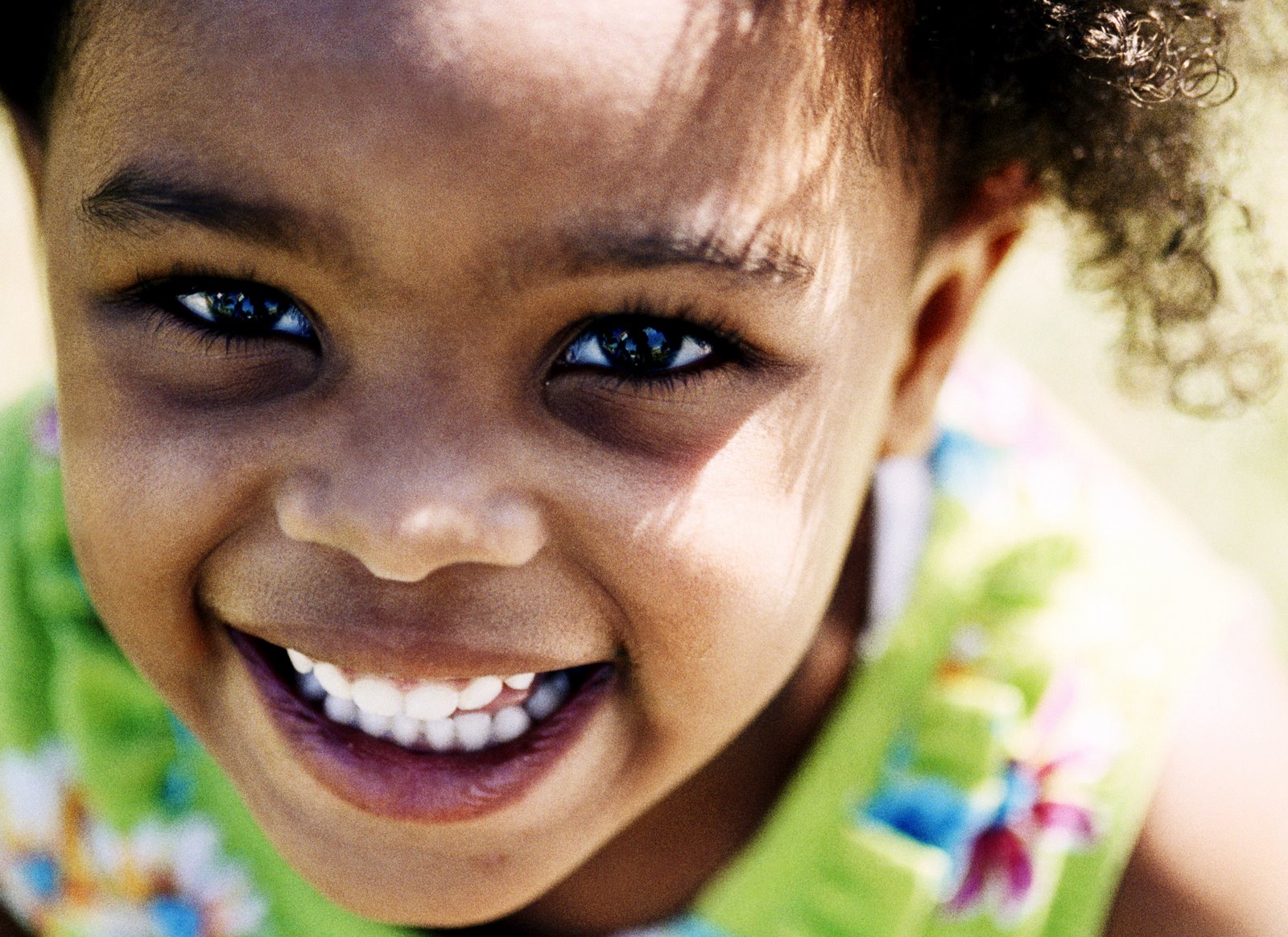A few key points:
- When discussing early childhood, the education frame is more effective than talking about child care. The public is very supportive of increasing investment and family supports for early learning, especially 4-5 year olds. However, people have a hard time picturing what early learning looks like for 0-3 and so are less supportive of public investments in that age range.
- "Investment" continues to be a good communication frame. In this tight economy (they called it a "pocketbook recession"), people don't want to see their money being wasted. Investment implies setting priorities and making choices, and making choices for things that will save money in the long run. Also, because of the tight economy, people don't want to see a whole bunch of new spending until things get fixed- like the war and the budget deficit.
- Currently only about 11-12% of eligible voters have children under 5, and those voters are also less likely to be civically active.This means that it's difficult to make early learning a big election issue.
- Many candidates are talking about early learning in their campaigns, but it is a values conversation and not a policy conversation. Candidates don't feel compelled to introduce a plan to support early learning the same way they do about putting out an economic policy plan or a plan for dealing with the Iraq war. Because of this, it is difficult to hold candidates accountable once they are elected.
- Most people are supportive of early childhood investments, but it is difficult to build intensity of support for people to advocate because the public concludes that no one could be again early childhood so if things aren't getting done it must be for a good reason (like lack of resources).
The research shows that while 90% of brain growth happens before age five, the majority of that growth takes place before age 3. If the public is less supportive of early learning for children ages 0-3, we need to take that into consideration as we promote opportunities for families with children under 3. When we talk about early learning for infants and toddlers, we don't mean academics. What we mean is giving families the ability to create a stimulating and nurturing environment to lay the foundation for future learning. Public investments in this area include resources for home visits and parent education.
To me, the points about 11-12% of the voting public have children under 5, that candidates are talking about early learning as a values and not a policy conversation and the difficulty of building intensity for the issue are all related. If we believe that everyone is in favor of little kids and simply trust that our policy makers would do more if they could, then we become apathetic. Policy makers pay attention to what people tell them to pay attention to. We need more voices to add to the 12% of parents with young children. Grandparents, business and community leaders, faith leaders, teachers, doctors and police. Everyone, really, benefits from strong investments in early learning. When we speak out together we can let policy makers know that we expect more than a values conversation about supporting young children. We can let candidates know that we expect to see policy ideas on how they will invest and make a difference in early learning. From there, we can hold policy makers accountable so they will follow through on their proposals.
It may be a hard time for large, broad, new investments for early learning. But we can make strategic investments and think creatively about how to make these investments so that we will continue to see an even greater public return in the future. And by speaking out together we can motivate our policy makers to do more on behalf of young children and our entire community.
What do you think? I would love to read your comments and thoughts. How do you see the current political climate for investments in kids?






